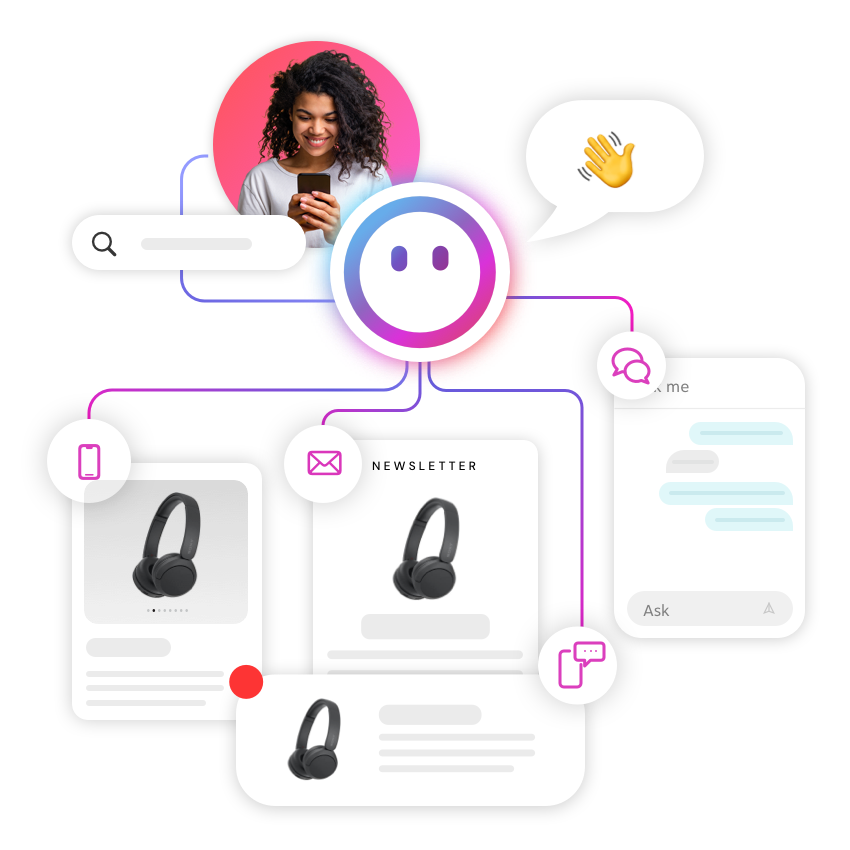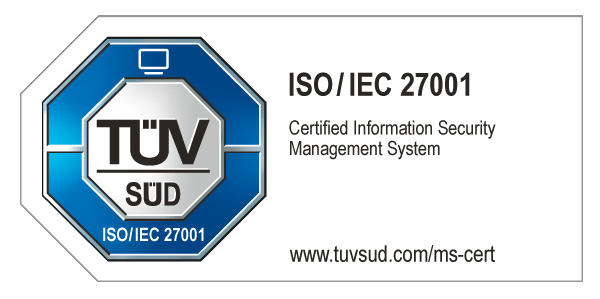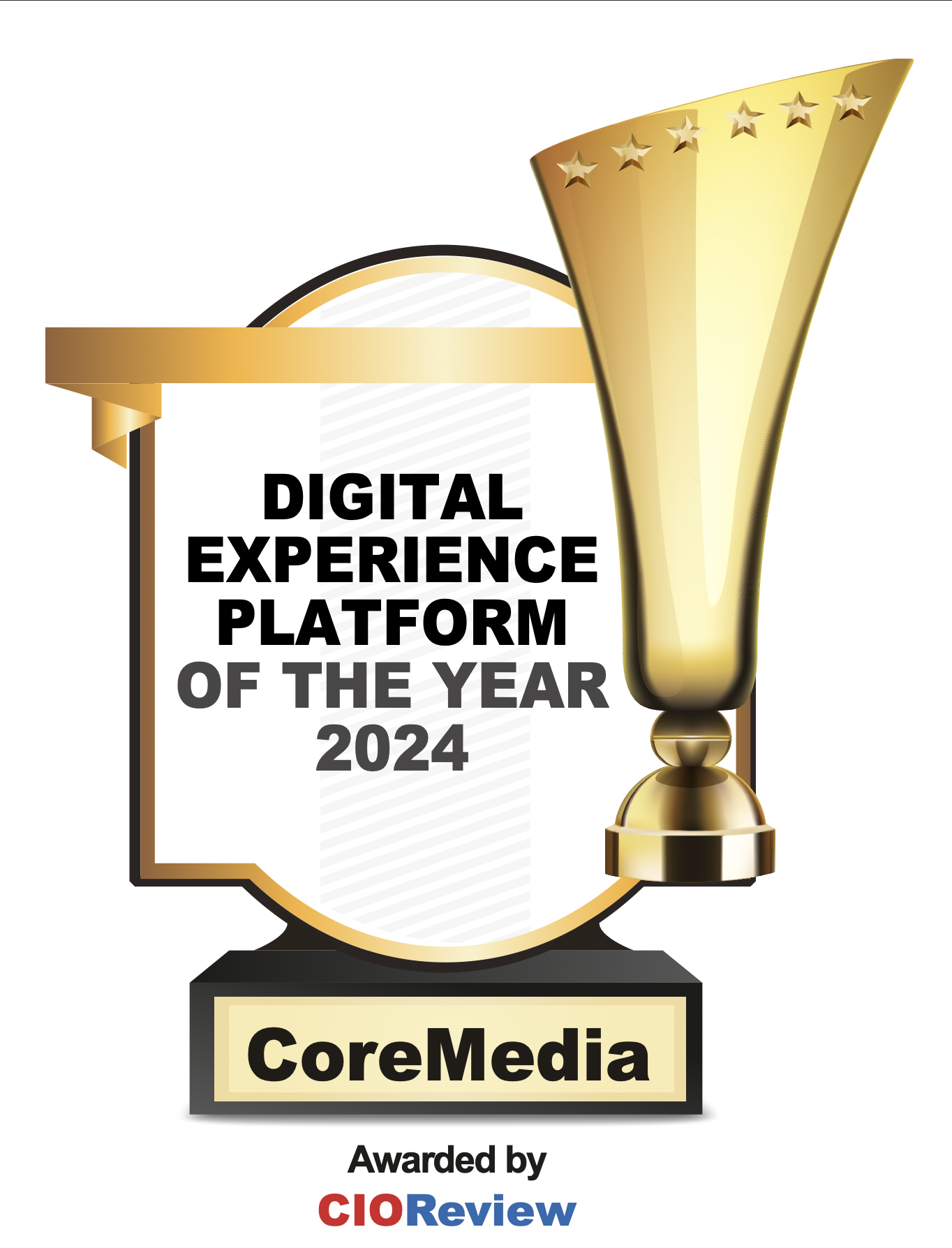Artificial intelligence (AI) is currently revolutionizing the way marketing teams approach their editorial workflows — and we’re watching it unfold in real-time! Powerful tools, like OpenAI’s ChatGPT, are making it possible for marketers to generate high-quality content more efficiently than ever previously seen.
AI’s impact on marketing teams' editorial workflows is already significant.
According to a recent Forrester survey commissioned by IBM, 63% of Adtech leaders have turned to AI solutions. Instead of spending hours researching and writing content, employing AI tools like ChatGPT allows marketers to create content that is engaging and personalized, as well as analyze customer behavior and preferences, while making data-driven decisions.
Generating High Quality Content with AI
One of the coolest things about AI-powered tools like ChatGPT is how they're making it possible for marketers to create high-quality content more efficiently than ever before. Rather than spending countless hours researching and writing, marketers can now use AI to generate content that's not only engaging and personalized, but also informed by data-driven insights into customer behavior and preferences.
For example, let's say a marketing team wants to create content that really resonates with their target audience. By using prompts that are tailored to specific consumer pain points, like "What are the key factors to consider when choosing a product for my needs?" ChatGPT can generate informative and relevant content that speaks directly to those concerns. Or if a team wants to create product descriptions that highlight key features and benefits, they can use prompts like "Can you describe the features and benefits of this product?" or “What makes this product a good fit for [target audience]?” to generate content that's customized to their audience.
It can even be used to create blog posts and social media posts, with topics like "What are some common misconceptions about [topic]?" or "What are the key benefits of [product/service] for [target audience]?" and "What are some tips for [related activity] that our followers might find helpful?"
Game-changer: AI driven analytics for marketing teams
But it's not just about creating great content. By analyzing the vast amounts of data that consumers generate online, AI-powered analytics tools can help marketing teams gain valuable insights into their customers' behavior and preferences. This information can be used to identify patterns and trends in customer browsing and purchasing habits, as well as their interests and preferences.
A report by Accenture found that 91% of customers will only engage with personalized messaging. Armed with this knowledge, marketing teams can develop highly targeted and customized marketing strategies that are tailored to the needs and desires of their target demographic. For example, if a brand discovers that its customers are primarily interested in eco-friendly products, it can create content and campaigns that highlight the sustainability aspects of its products. This level of customization can help increase engagement and loyalty among customers, leading to greater brand awareness and ultimately, increased sales. A study by Forbes Insights found that 58% of companies using AI for customer insights and engagement saw a significant increase in sales of products and services.
Overcoming challenges in AI to build trust
Of course, there are some challenges to using AI in marketing. One potential issue is ensuring that the content generated by AI tools is consistent with a brand's messaging and tone. It's also important to keep an eye out for any erroneous or misleading content that might slip through the cracks. But by focusing on transparency and ethical usage of AI-powered solutions, brands can build trust with their audience and continue to reap the benefits of this powerful technology.
Despite these challenges, the use of AI tools like ChatGPT has already becoming widespread in marketing, and will continue to have a major impact on marketing teams' editorial workflows in the years ahead.
The future of marketing: AI-powered workflows that drive engagement
All in all, it's an exciting time to be in the world of marketing. With the help of AI-powered tools like ChatGPT, teams can create content that's both high-quality and personalized, while gaining deeper insights into their customers' preferences and habits. It's safe to say that the impact of AI on marketing teams' editorial workflows is only going to continue to grow in the years to come!
CoreMedia’s content management system (CMS) Content Cloud already offers a number of AI integrations, designed to simplify your marketing team’s editorial process. With a composable architecture that allow you to do anything from generating metadata to optimize your SEO, to summarizing bodies of text, or to creating unique and original copy, CoreMedia Feedback Hub has the integrations you need to take your marketing efforts from good to great. Schedule a demo and start elevating your digital experience!








